Finland’s unexpected success story
What were the factors that over a period of one hundred years transformed Finland from a poor nation divided by a civil war into a model country of sustainable development? This is the only question to which an international group of researchers was seeking an answer when visiting the Permanent Mission of Finland to the United Nations in New York last summer. Finland is indeed considered a model country of sustainable development in the north, in the south, in developed and in developing countries, all of which were also represented in the group. The group is currently writing a report on the opportunities and state of sustainable development to serve as a guideline for UN member states.
According to the indicators of the 2030 Agenda, what is currently done in Finland is also among the best in the world. Even just the tools used to measure development in Finland rank high in international comparisons in terms of their coverage. Finland is also a winner when it comes to longevity: the Finnish National Commission on Sustainable Development is the longest-serving commission in the field of sustainable development in the world that has remained active without interruptions. This is also at the core of the carefully built policy model of sustainable development, which, too, has attracted a lot of positive attention internationally.
Is this all true or a dream – or perhaps eyewash?
If Finland really is a model country of sustainable development, what have the Finns done successfully, to what extent and within what timescale? (see Prime Minister’s Office report in Finnish with English abstract) The challenges and opportunities of sustainable development in the world are changing rapidly and Finland is not unaffected by this change, but closely linked to it. How is Finland doing in terms of managing climate issues, the level of consumption, production structures or the reconciliation of work and the economy? And what kinds of burdens does Finland impose on other countries as regards, for example, waste? Will Finland be accelerating the challenges of sustainable development in the future or will we be at the heart of creating pathways to solutions?
Now is the time to assess the situation because things are not always what they seem at first sight.
This year, answers to these and other questions will be sought as regular and independent evaluation is part of Finland’s model of sustainable development policy. The evaluation will provide a comprehensive picture of the situation for the parliamentary elections in spring 2019 and the related political decisions. The Expert Panel for Sustainable Development believes this policy evaluation to be a very important and insightful part of Finland’s model. Because sustainable development policy is such a complex system, we, the members of the expert panel in Finland have drawn up a proposal for how the evaluation should be conducted in order for it to best serve its purpose.
International approach to the evaluation of Finland’s impact paths
Looking into the future challenges us Finns to reflect on the impact pathways: it is important to recognise the national and international impact pathways and to assess how Finland invests in them. Of course, for the evaluation to be legitimate, it should be assessed how successfully the goals that have been set have been reached. The analytic perspective provided by science helps to evaluate sustainable development, which requires long-term policies.
Interdependencies can be examined through sets of goals. We recommend these five spearheads be used in the examination:
- the environment as the basis for health and well-being;
- energy and natural resource reform that is socially fair;
- equality and inclusion as building blocks for a sustainable society;
- rethinking approaches to work and the economy;
- transferring responsibility from individuals to the global community.
With wide participation, we can deepen the shared understanding and interpretation of sustainable development and its goals, challenges and opportunities. At best, such an evaluation is a shared learning process in society and improves the preconditions for a societal discussion and the mainstreaming of sustainable development.
The international dimension provides an evaluation with the required objectiveness. What does Finland really look like on the global scale? To what extent is Finland’s contribution greater that its size might merit, for both good and bad things?
It will be interesting to see the results of the evaluation at the beginning of 2019.
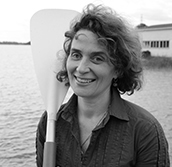
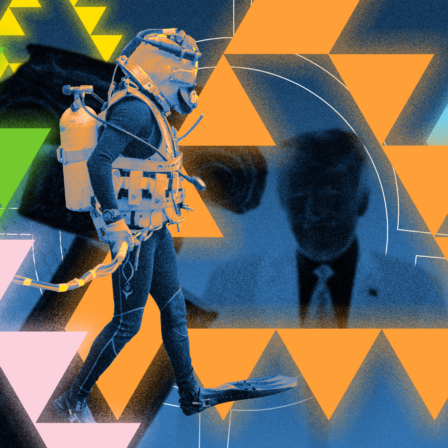
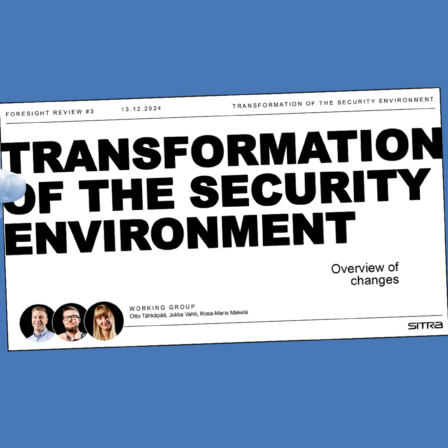






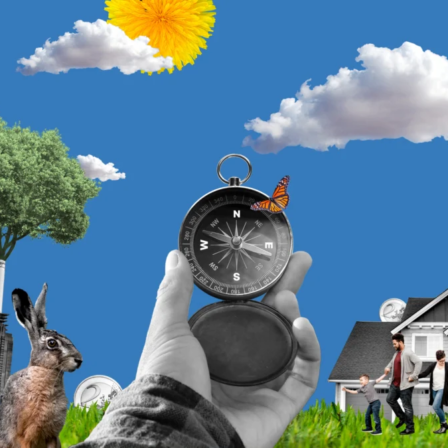
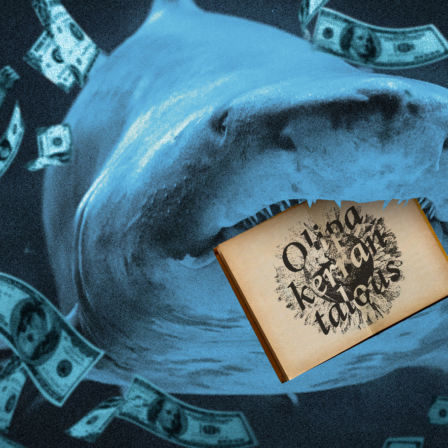
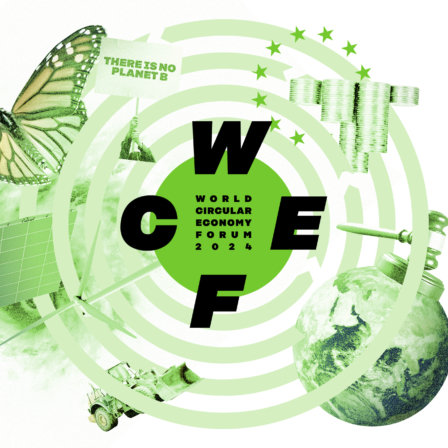



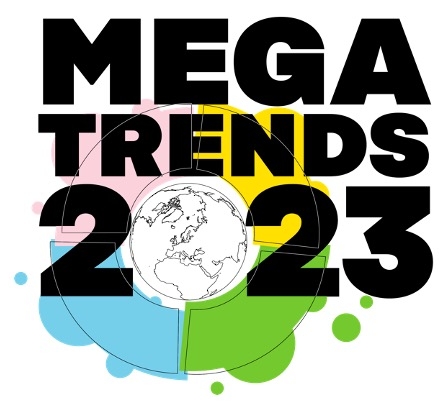
Recommended
Have some more.